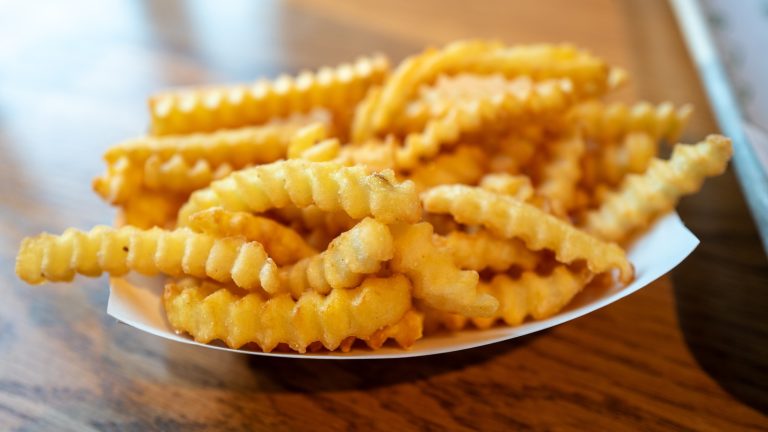Even though its roots trace back to a small roastery in Seattle, Starbucks has become a recognized global brand all over the world. Today, the mega chain operates a whopping 32,000 stores in 80 different countries, but its first venture outside of North America wasn’t exactly straightforward. The first international market that Starbucks entered was Japan, where a lone store opened its doors in August 1996. The café was located in the upscale Ginza shopping district of Tokyo, but the company wasn’t too sure what to expect. It faced a roadblock that wasn’t necessarily a problem in America: There was already an incredibly strong coffee shop culture in Japan.
When it was building its brand, Starbucks took inspiration from atmospheric coffeehouses of Italy, which were largely missing in the U.S. before Howard Schultz joined the company in 1982. However, the coffee scene had been growing in Japan since the early 1900s. Nevertheless, about a hundred people waited in line to try the first Tokyo Starbucks on opening day, and as of September 2024, the company operates over 1,800 stores across the country. The key to its success? Starbucks decided to respect the Japanese culture and adapt to it, rather than force its foreign business model on the population.
Starbucks partners with local ventures to gain insights
To open its first Japanese store, Starbucks joined forces with Sazaby League, a successful Japanese retailer that knew how to operate in Tokyo. Under the guidance of the Sazaby League team, Starbucks made some changes to its menu. The first new addition was the short-size cup option, which accounted for the smaller serving sizes in Japan. The sweetness level of certain drinks was also toned down, and more tea options, like matcha, were introduced.
Another big change was the ordering process. In the U.S., Starbucks’ employees write down the name of each customer and call it out when their coffee is ready. Japanese people are used to a quieter environment, and they can be more private, so order numbers were brought in instead.
The interior of Starbucks cafes in Japan is also different. The company hires local architects to create their Japanese locations and designs them to fit in with the neighborhoods they’re situated in, especially if the surroundings are historic. There is also usually more seating, as Japanese people typically like to take a moment to enjoy their drinks instead of running out the door.
Starbucks localizes menus to cater for different palates
Of course, the seasonal options in Starbucks’ Japanese stores are also different. Sure, we get new spring menu items and secret menu holiday drinks, but in Japan, there are cherry blossom drinks in spring, sweet potato items in the Fall, and things like Earl Grey Frappuccinos and yuzu sodas in summer. The company actually implements this strategy all over the world, with various regional options in different countries. For example, you can get a dragon fruit lemonade at a Chinese Starbucks, or a lucuma Frappuccino in Peru.
Starbucks also took the lessons it learned from its architecture choices in Japan when it opened elsewhere. It partners with architects to design stores and tries to use other local options where it can, like choosing local roasters in Italy. And though Starbucks took over its Japanese operations entirely in 2014, it still has joint ventures in other parts of the world, which helps it succeed in foreign markets. The key really is respecting other cultures and trying to balance consistency with adaptation — and carrying out a heck of a lot of market research.







